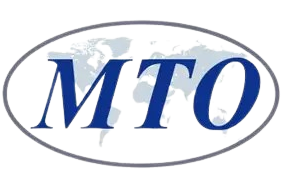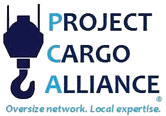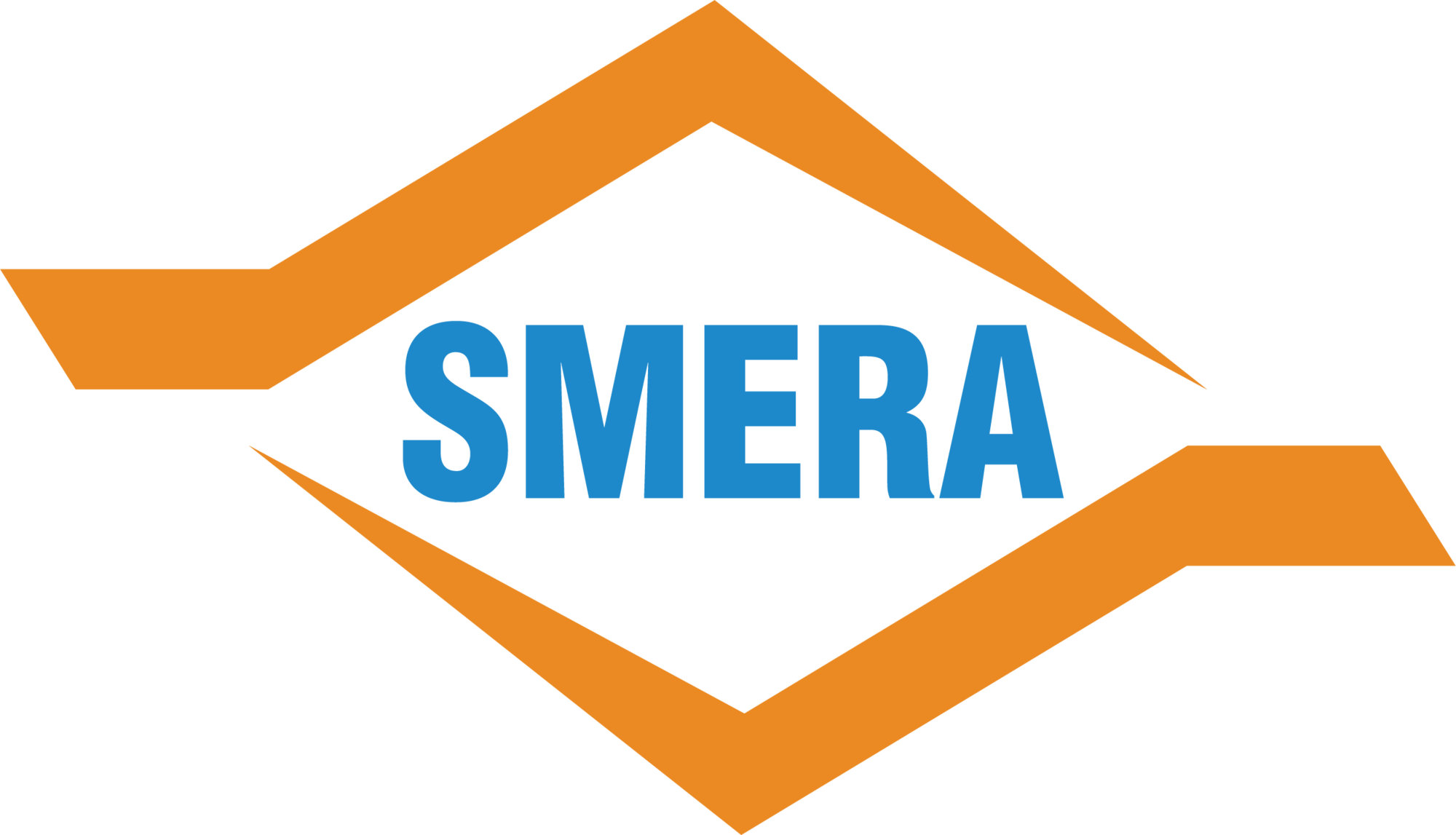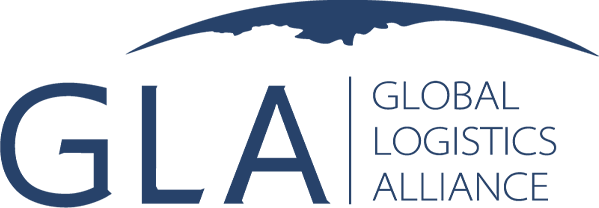

India levies several import duties and taxes on goods entering the country.
The main ones are:
| Basic Customs Duty (BCD) | : | The core duty on imports, based on the item’s HSN (Harmonized System of Nomenclature) code |
| Social Welfare Surcharge (SWS) | : | Generally, 10% of the BCD |
| Integrated Goods and Services Tax (IGST) | : |
Charged on the value of goods plus all customs duties. Registered businesses can claim this as an input tax credit |
| Agriculture Infrastructure Development Cess (AIDC) | : | Added on certain goods like fuel, alcohol, and luxury items |
Example: If electronics worth ₹100,000 are imported with BCD of 10%, the BCD is ₹10,000. The SWS adds ₹1,000, and IGST applies on the total. This stack of duties affects the landed cost that freight forwarders must calculate accurately for their clients.
As of May 1, 2025, India cut BCD on some vehicles and raw materials (for example, copper scrap now has zero BCD).
Some items, like EV battery inputs and phone assembly parts, remain duty exempt to boost domestic manufacturing.
c. The United States imposed a 25% tariff on Indian exports (effective August 1, 2025), impacting sectors like textiles, jewellery, and pharmaceuticals. These shifts matter because freight forwarders have to price shipments correctly and warn clients when duties or surcharges will change their costs.
| Cost Transparency | : | Clients will expect forwarders to explain why shipping a container now costs more (or less) than last quarter. |
| Route and Mode Choices | : | Some goods may need to move through countries with lower duty impact under Free Trade Agreements (FTAs). |
| Compliance Responsibility | : | Mistakes in declaring the right HSN code or ignoring a duty exemption can lead to customs stops and penalties. |
Example: A freight forwarder handling marble slabs must know that after May 2025, these slabs carry 20% BCD plus 20% AIDC not the previous rate or they risk clearing delays.
| Duty Guidance as a Service | : | Forwarders can help importers choose correct HS codes and advise on available exemptions (like for EV inputs). |
| FTA Navigation | : | With India signing new trade pacts (e.g., India UK), forwarders can guide exporters on how to get lower or zero duty rates for shipments under those agreements |
| Digital Customs Handling | : | Using digital systems for documentation and filing can cut delays at ports and airports. |
| Trade Diversification Support | : | Clients shifting supply chains (e.g., away from tariff hit sectors) will look for forwarders who can manage new routes |
In August 2025, the United States imposed a flat 25% import tariff on almost all goods coming from India. This tariff applies across major export sectors including:
Textiles and garments
Gems and jewellery
Pharmaceuticals
Engineering goods and machinery
Chemicals and plastics
Electronics and auto components
Some exporters may think sending goods through another country (e.g., via Dubai or Singapore) will avoid U.S. tariffs. That won’t work.
Under U.S. Customs rules, tariffs are based on the country of origin, not the last stop before the U.S.
Goods shipped from India remain Indian origin, regardless of the route.
Only “substantial transformation” (enough processing in another country to change the HS code or create a new product) can legally change origin, and that is rare, expensive, and often impractical.
| Clients will need guidance | : | U.S. buyers may question costs, cancel orders, or demand solutions |
| Some shipments may slow | : | Export volumes to the U.S. might drop, but shipments to Europe, UK, and Middle East may grow as exporters diversify |
| Paperwork will be under a microscope | : | Certificates of Origin, invoices, and HS codes must be 100% correct to avoid penalties or shipment holds |
| Market diversification support | : | Help exporters explore and ship to alternative markets where tariffs are lower or FTAs exist |
| Advisory role expansion | : | Become the trusted source for explaining tariff impacts, helping exporters plan pricing and shipping strategies |
| Value added services | : | Offer documentation checks, HS code reviews, and consultancy on whether goods could legally qualify for origin change through further processing. |
| Route and consolidation solutions | : | Even though origin doesn’t change, forwarders can optimize logistics (e.g., consolidating loads, better freight contracts) to offset part of the added cost |
Freight forwarders are not tax lawyers, but they are the first line of advice for many importers and exporters.
All rates must match official CBIC notifications and budget announcements.
Forwarders should never “guess” a rate, always verify it against the correct schedule.
Incorrect declarations can cause goods to be held, fines to be issued, or claims to be denied.
India’s tariff rules are changing fast, and the new U.S. tariffs on Indian exports have made things even more complicated. For freight forwarders, this isn’t just a problem, it’s a chance to step up. Clients need clear answers about what duties apply, why routing won’t remove U.S. tariffs, and which markets or shipping methods make the most sense now. Forwarders who keep track of the updates, explain them in plain language, and help with paperwork, HS codes, and new trade lanes will not only keep cargo moving, but they’ll also become the partners everyone relies on in this shifting trade climate.





